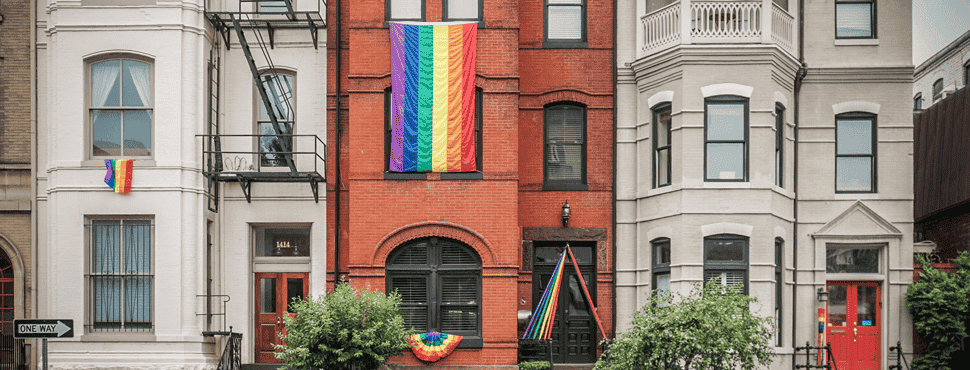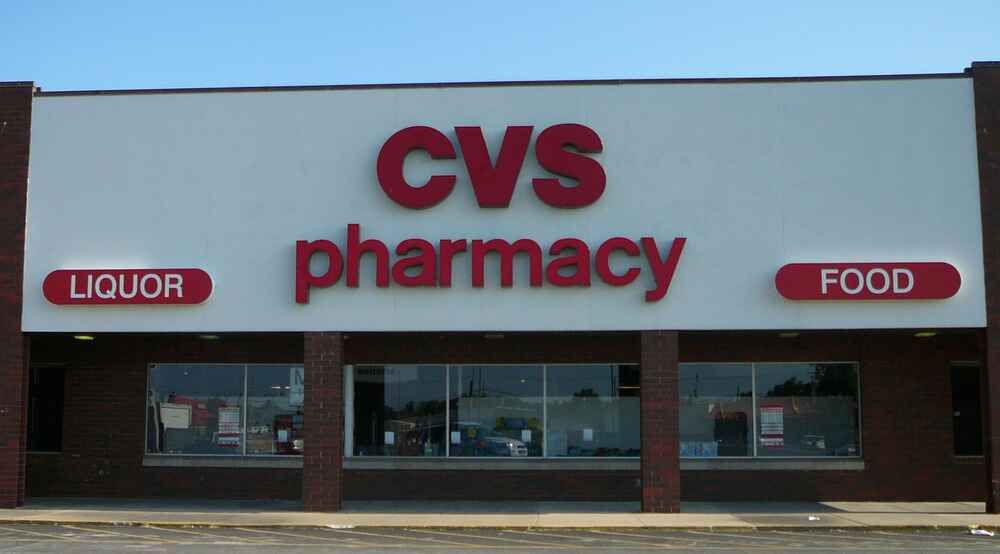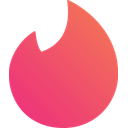This guide represents the collected wisdom of our website's community members from across the United States. It combines tips, experiences, and insights from LGBTQ+ travelers and residents who regularly share their local knowledge. Through their ongoing contributions and updates, we maintain this guide as an accurate reflection of gay life across America's diverse landscapes. We thank our active community for helping keep this information current and authentic.
A Gay Guide to United States of America

Cultural Background
The United States presents a complex and varied landscape for LGBTQ+ travelers. While same-sex marriage has been legal nationwide since 2015, acceptance levels and cultural attitudes vary dramatically between regions, states, and even cities within states. Coastal urban areas, particularly in the Northeast and West Coast, tend to be highly accepting, while some rural areas and parts of the Southeast may be more conservative. Recent years have seen increasing political tensions around LGBTQ+ issues, with some states passing restrictive legislation while others strengthen protections.
Legal protections exist at the federal level against discrimination in employment, but housing and public accommodation protections vary by state and city. It's worth noting that laws and social attitudes can differ significantly even within short distances - a progressive city might be surrounded by more conservative suburbs or rural areas.
Safety Overview
The US requires a nuanced approach to safety, varying significantly by region:
Generally Very Safe:
- Major coastal cities
- University towns
- Tourist destinations
- Established gay neighborhoods
Exercise More Caution:
- Rural areas, particularly in the Southeast
- Small towns away from major cities
- Some urban areas late at night
- Areas with visible political tension
Safety concerns vary significantly by region. While many areas are completely safe for public affection, others may require more discretion. Dating app safety is particularly important - meet in public places first and be aware that some areas may have people using apps to target LGBTQ+ individuals.
Dating Scene
The US dating scene varies dramatically by region but generally follows similar patterns across major urban areas. Dating apps are widely used, though usage patterns differ between cities:
- Grindr - Universal but used differently by region
- Tinder - Popular for dating in more progressive areas
- Scruff - Strong in bear/alternative communities
- Sniffies - Growing in major cities for relationships
Dating customs vary significantly:
- Northeast: More direct, career-focused dating scene
- West Coast: Casual, often activity-based dating
- South: More discrete, often relationship-oriented
- Midwest: Generally friendly, community-oriented
Communication styles and expectations can differ notably between regions. West Coast tends to be more casual about scheduling, while Northeast is more time-conscious. Southern states often maintain more traditional dating customs.
| Slang | What it means |
|---|---|
| Suggest a new slang by | |
Sexual Health & Safety
Access to supplies varies by state but is generally straightforward in urban areas. Major chains like CVS, Walgreens, and Rite Aid are found nationwide. Where to get supplies:
- Pharmacies (most reliable, many 24/7)
- Supermarkets (basic options)
- Gay venues (often provide free basics)
- LGBTQ+ centers (free supplies in major cities)

Emergency & Health Services
- Emergency Services
- 911
- Trevor Project (LGBT Crisis)
- 1-866-488-7386
- LGBT National Hotline
- 1-888-843-4564
- Trans Lifeline
- 1-877-565-8860
Healthcare in the US can be expensive without insurance. For emergencies:
- Hospital emergency rooms (24/7): Dial 911
- Post-exposure treatment (PEP): Available at ERs within 72h, but can be expensive
- Tourist insurance is ESSENTIAL
- Free/low-cost clinics exist in major cities (search "LGBTQ clinic" or "sexual health clinic")
Important: Bring all medications you need. Getting prescriptions filled in the US can be complicated and expensive without US insurance. Plan ahead!
Regional Overview
Urban Life
Let me break down how gay life feels different across US cities - because trust me, it really does. In Northeast cities like New York or Boston, gay life is deeply rooted in specific neighborhoods. Think of the West Village in NYC - rainbow flags everywhere, gay couples holding hands, and a real sense of LGBTQ+ history around every corner. The scene here is pretty intense and fast-paced, but that's just how these cities roll.
West Coast? Totally different vibe. San Francisco, Portland, and Seattle are just... open. Like, you don't even need to seek out gay areas (though they exist) because the whole city tends to be pretty accepting. The Castro in SF might be famous, but honestly, you'll feel comfortable being out almost anywhere. Fair warning though - first dates here might involve hiking boots rather than cocktail bars.
Midwest cities surprised me the most. Chicago's Boystown can party just as hard as any coastal city, but there's this wonderful down-to-earth feeling you don't get elsewhere. Plus, your rent won't make you cry. The same goes for Minneapolis and Columbus - they've got solid gay scenes without the attitude you sometimes find on the coasts.
Southern cities are writing their own rules these days. Atlanta, Nashville, and Austin blend Southern charm with gay life in a way that just works. You'll find everything from ultra-modern gay bars to low-key hangouts where everybody knows everybody. It's a nice mix of out-and-proud and subtle, depending on what you're comfortable with.
Recap
Northeast:
- Known for historic gay neighborhoods
- Active political advocacy
- Dense, walkable gay districts
- Year-round community events
West Coast:
- Very open and accepting atmosphere
- Tech-savvy dating scene
- Outdoor-oriented communities
- Major pride celebrations
Midwest Cities:
- Strong local communities
- Affordable living
- Growing acceptance
- Active social scenes
Southern Cities:
- Growing LGBTQ+ populations
- Mix of open and discrete scenes
- Strong support networks
- Emerging pride events
Rural & Suburban Life
Let's be real about rural America - it's complicated. Some rural spots, especially near the coasts, are surprisingly chill about LGBTQ+ folks. Others... not so much. Dating apps might be pretty sparse, and you'll probably need to drive to the nearest city for any real gay nightlife. But you'd be surprised - even small towns often have at least one queer-friendly spot, usually a café or bar that hosts the occasional drag show.
Suburbs totally depend on location. Live near a big progressive city? You're probably fine. Further out? Maybe keep the PDA subtle. That said, college towns are usually safe bets - places like Ann Arbor or Chapel Hill have their own mini gay scenes going on, even if they're not huge cities.
Quick tip: when I'm checking out a new area, I look for simple stuff - pride flags in shop windows, LGBTQ+ meetup groups, that kind of thing. Even smaller cities usually have some kind of pride event these days, which tells you a lot about local attitudes. Just do your homework before visiting somewhere new - what was true about an area five years ago might be totally different now, for better or worse.
Recap
Rural areas require more awareness:
- Dating pools are smaller
- Apps may have fewer users
- Discretion might be necessary
- Community support may be limited
Suburban areas vary widely:
- Near progressive cities: Generally accepting
- Bedroom communities: Mixed acceptance
- Outer suburbs: More conservative
- College towns: Usually more accepting
 GAY TRAVEL TIPS
GAY TRAVEL TIPS 


